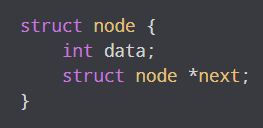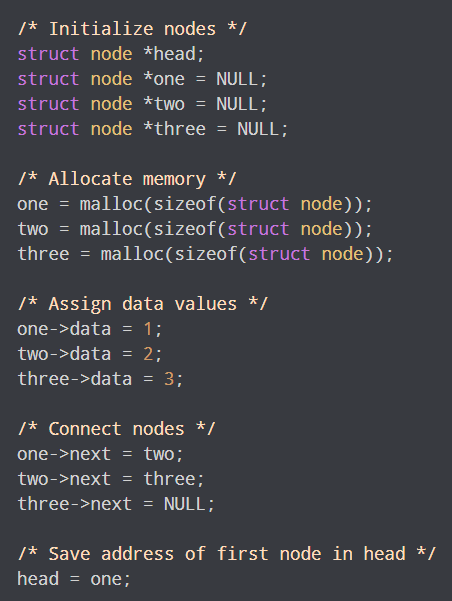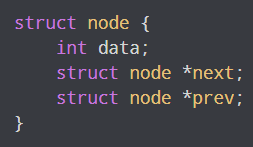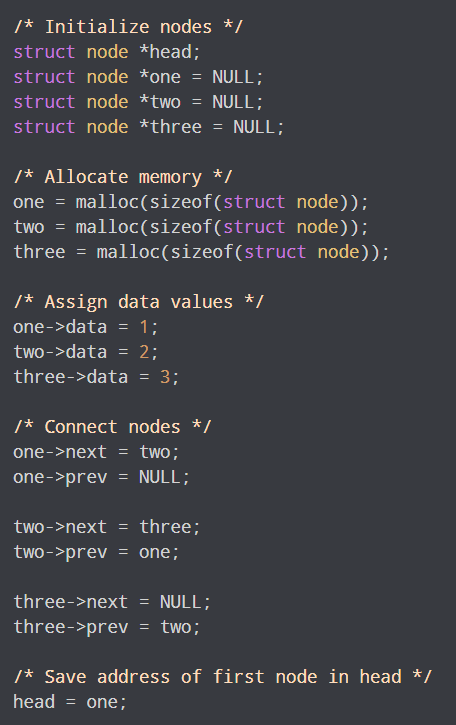Types of Linked Lists | Programming and Data Structures - Computer Science Engineering (CSE) PDF Download
In this tutorial, you will learn different types of linked list. Also, you will find implementation of linked list in C.
Before you learn about the type of the linked list, make sure you know about the LinkedList Data Structure.
There are three common types of Linked List:
- Singly Linked List
- Doubly Linked List
- Circular Linked List
1. Singly Linked List
It is the most common. Each node has data and a pointer to the next node. Singly linked list
Singly linked list
Node is represented as:
A three-member singly linked list can be created as:
2. Doubly Linked List
We add a pointer to the previous node in a doubly-linked list. Thus, we can go in either direction: forward or backward. Doubly linked listA node is represented as:
Doubly linked listA node is represented as:
A three-member doubly linked list can be created as:
3. Circular Linked List
A circular linked list is a variation of a linked list in which the last element is linked to the first element. This forms a circular loop. Circular linked list
Circular linked list
A circular linked list can be either singly linked or doubly linked:
- For singly linked list, next pointer of last item points to the first item
- In the doubly linked list,
 pointer of the first item points to the last item as well.
pointer of the first item points to the last item as well.
A three-member circular singly linked list can be created as:
|
159 docs|30 tests
|
FAQs on Types of Linked Lists - Programming and Data Structures - Computer Science Engineering (CSE)
| 1. What are the different types of linked lists? |  |
| 2. What is the difference between singly linked list and doubly linked list? |  |
| 3. How does a circular linked list differ from a regular linked list? |  |
| 4. What is a sorted linked list? |  |
| 5. What is a skip list and how does it work? |  |





















